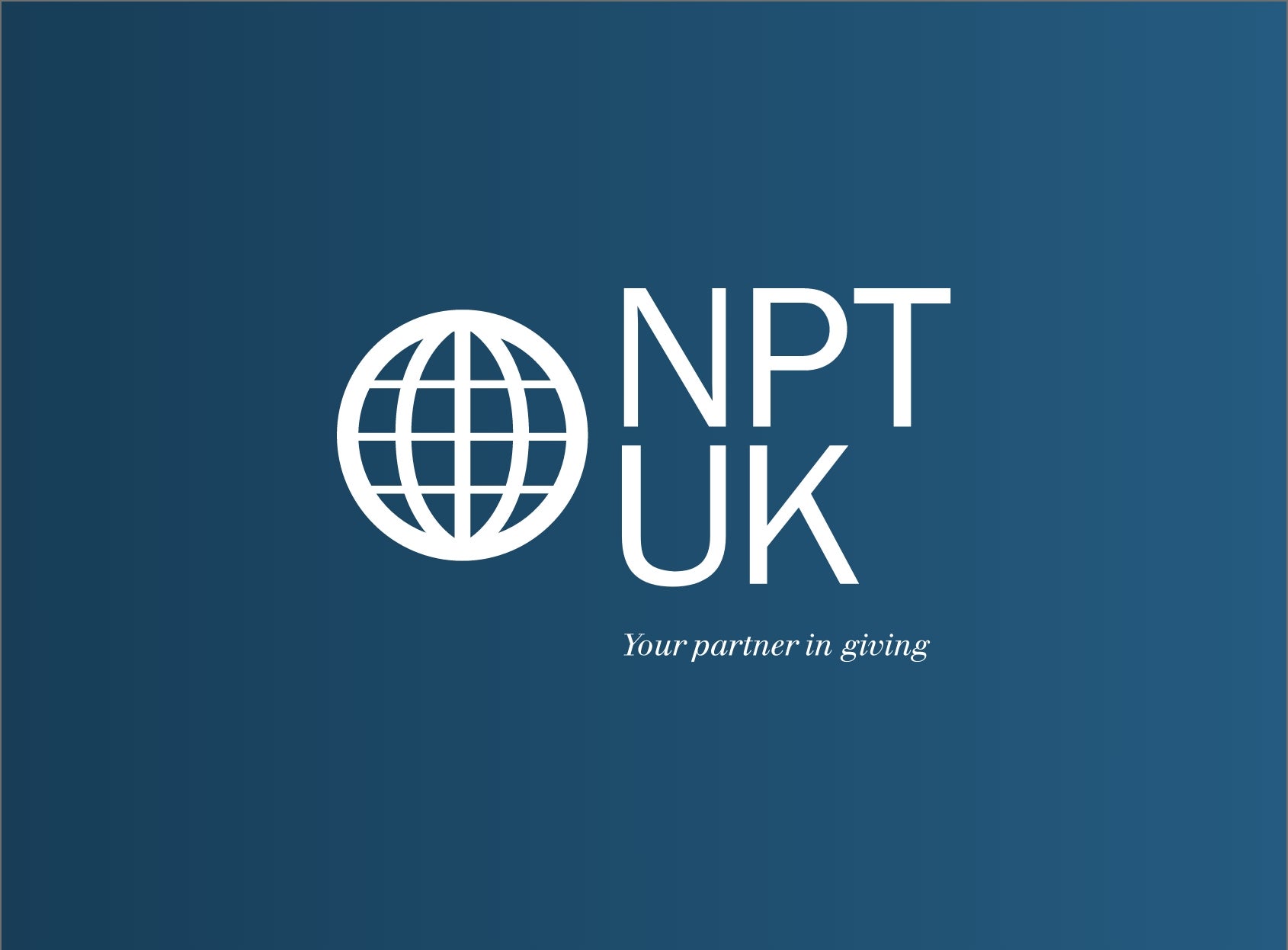2017 Donor-Advised Fund Report shows thriving UK market

This week, National Philanthropic Trust UK published its second annual UK Donor-Advised Fund Report, showing that in 2016 the market continued to enjoy impressive growth.
The Report, an overview of the UK market compiled from information from domestic charities that offer donor-advised funds (DAFs), shows that for the fourth year in a row there were record benchmarks in every key data point—grants, contributions and charitable assets. This rise is due to an increase in contributions to DAF accounts, plus growth from investment returns.
This is particularly encouraging since it’s set against the backdrop of huge economic uncertainty in the wake of the Brexit vote. Since every pound in a donor-advised fund is destined for charitable giving, these figures are great news for the good causes the funds support.
• Charitable assets in DAF accounts total over £1 billion for the first time (up 8%)
• Grants from DAF accounts to other charities hit a record high of nearly £280m (£276.7m—up 14% from previous year)
• Contributions to DAFs amount to £353.6m (an increase of 22%) and account for 3.6% of total individual giving in the UK
US growth continues
In the US, a more mature market has slowed after several years of robust double-digit percentage growth, but an upward trend continues. In its 11th annual US Donor-Advised Fund Report, NPT found that for the seventh consecutive year, the American totallmarket continued to grow—setting a new record in 2016 for every key metric.
• Grants from DAFs to qualified charities totalled an estimated $15.75 billion (up 10.4%)
• Contributions to DAFs increased to $23.27 billion (7.6% increase)
• Charitable assets in DAFs grew to $85.15 billion (9.7% increase)
• Number of DAF accounts increased by 6.9% to 284,965.
While the US figures naturally dwarf those of the UK, there are useful inferences to be drawn.
Looking to the future
The US market has both different challenges and opportunities from the UK, influenced by government policies (tax reform could affect the attractiveness of the tax benefits offered by DAFs) and the changing profile of a more developed DAFs market, where growth is likely to be steady rather than dramatic.
A strong stock market will likely result in donors continuing to fund their donor-advised fund with appreciated stock—typically the most common type of asset contributed—though contributions of other assets will likely increase. We see donors turning complex assets—such as alternative private equity and hedge fund investments, closely-held stock, real estate, and personal property—into charitable money.
In the UK, more steep growth is likely as donor-advised funds become better known. Wealth advisors, lawyers and tax advisors are becoming more aware of the extensive benefits DAFs offer—including ease, flexibility, privacy and the capacity for overseas grant-making without having to deal with the potentially cumbersome red tape such international donations often involve (since due diligence etc is handled by the charitable sponsor administering the DAF, the process is much easier for the donor).
We expect to see advisors increasingly recommending donor-advised funds to their clients. It seems likely that soon, donor-advised funds will enjoy the same market profile in the UK as they already do in the US, as an easy, efficient and cost-effective vehicle for giving—which is good news both for donors and the good causes they support.

